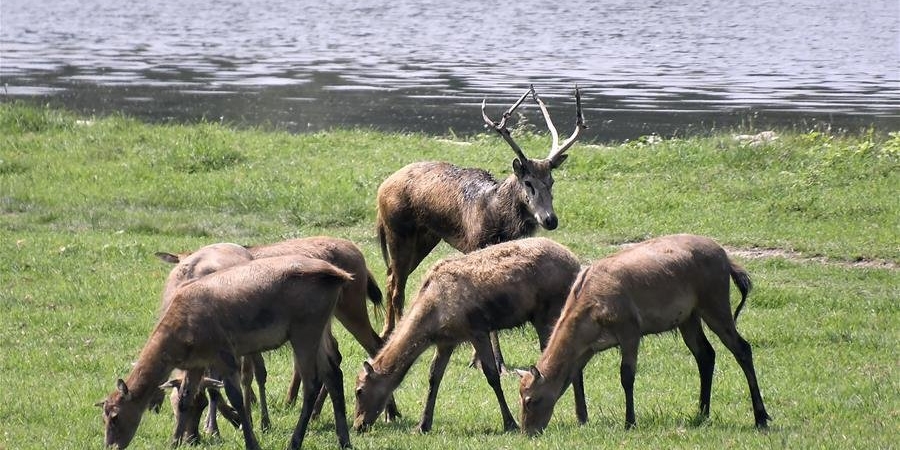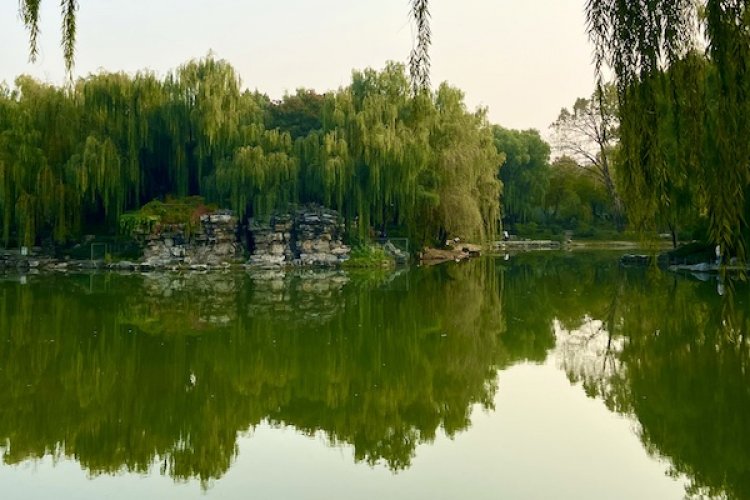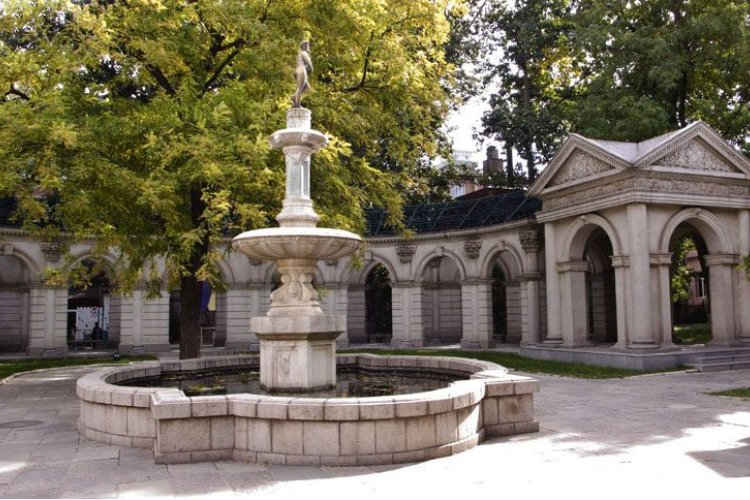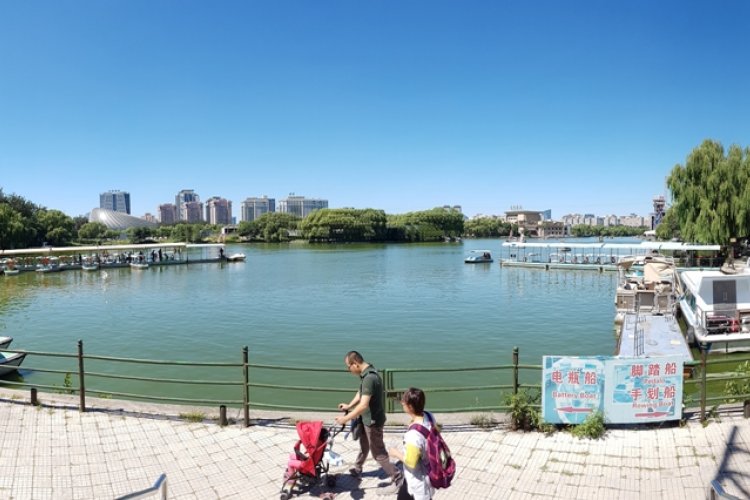Oh, Deer! Everything You Need to Know About Nanhaizi Park
Life's a park! We take a look at Beijing's most beloved parks, dig into what makes each of them special, and why they're worth your time to explore.
Located beyond the South Fifth Ring Road, Nanhaizi Park may seem a little far-flung for a day trip. Yet, it has one attraction that no other Beijing park can compete with: a herd of milu (麋鹿 mílù) or Père David's deer, a Chinese antlered deer that narrowly escaped extinction and disappeared from the Chinese mainland for almost a century.
The practical stuff
Name: Nanhaizi Park 南海子公园
Address: 16 Huangyi Road, Daxing District 大兴区黄亦路16号
Opening hours: Daily, 7am-7pm
Price: Free
Amenities: Public toilets, kiddies playground, boat hire, nature reserve
Known for: The milu deer reserve and nature park
A brief history
The site of today's Nanhaizi Park was once a royal hunting ground used by Ming and Qing era emperors, and home to a large herd of milu. According to Wikipedia, in 1895 one of the walls of the reserve was destroyed in heavy flooding, and only about thirty deer remained after a mass escape. Five years later, during the Boxer Rebellion, the gardens were occupied by German Empire troops who shot and ate the remaining deer, thereby making them extinct in China.
Thankfully, a few deer had already been smuggled out of the country, and were scattered between private collections and zoos in Europe. Over the years, these scattered milu were gradually gathered up by Herbrand Russell, 11th Duke of Bedford and taken to his estate at Woburn Abbey where they are still bred today. Milu were eventually returned to China in 1985 thanks to a donation of 20 deer from the Woburn Abbey Herd. These days, the herd numbers almost 200 and the research enter has since expanded into an extensive research center, museum, education center, and parkland.
According to Xinhua, in the last 30 years, the Beijing Milu Ecological Research Center has sent almost 500 Milu deer to various nature reserves around China, helping to increase the country-wide population to almost 2,000.
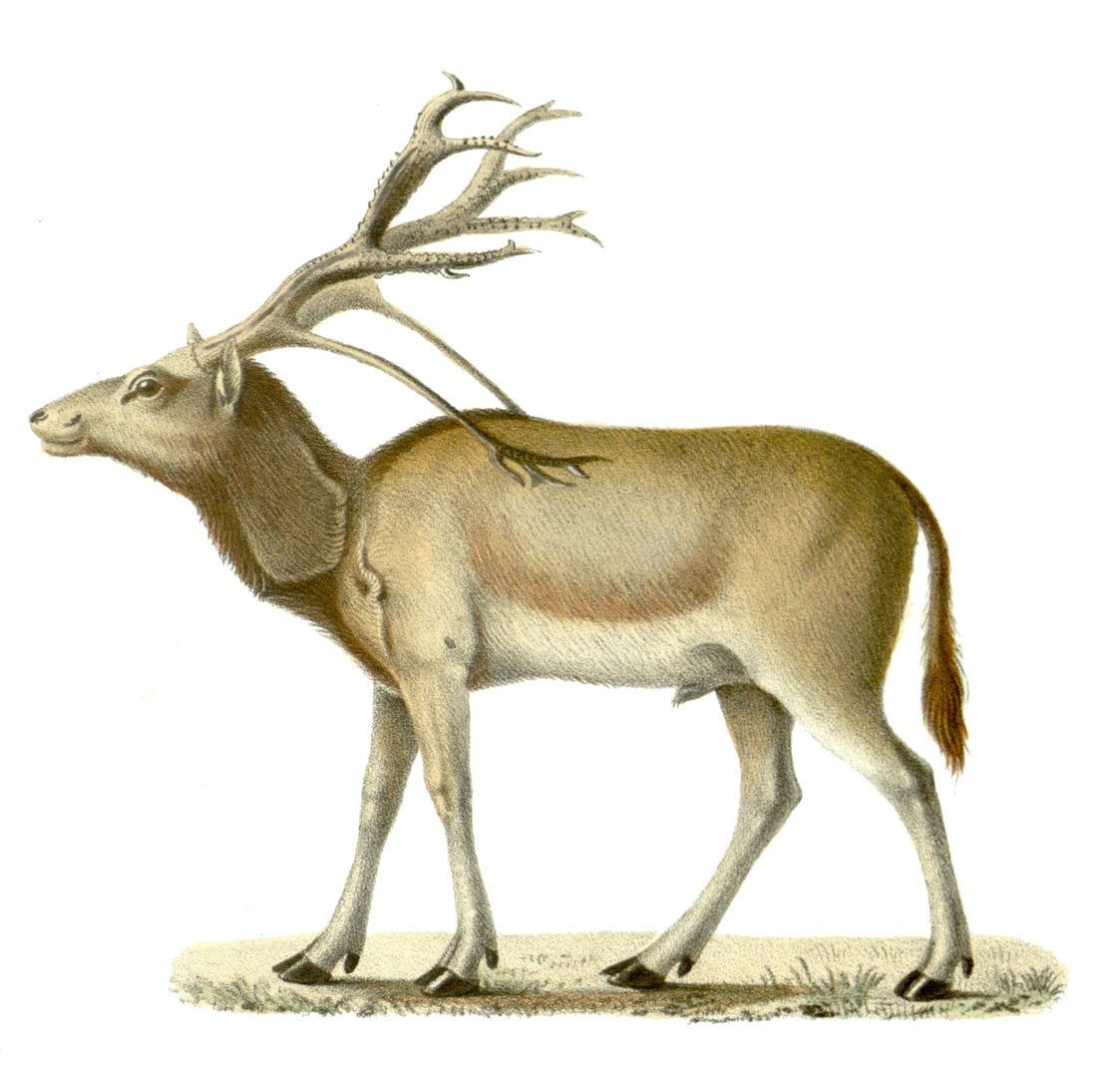
What you can do there
The main draw of the park is, of course, the milu themselves. Somewhat surprisingly (this is China, after all) it's not possible to get very close to the deer, which are protected by two fences, with a patrolled nature strip in between, but visitors can wander around the perimeter of the reserve, and pop into hut-like 'Milu Deer Watch Stations' which are scattered along the 3km track. The stations offer a bit of a vantage point, as well as some informative pictures and information panels, but it's not hard to get a good look at the herd from the side of the fence.
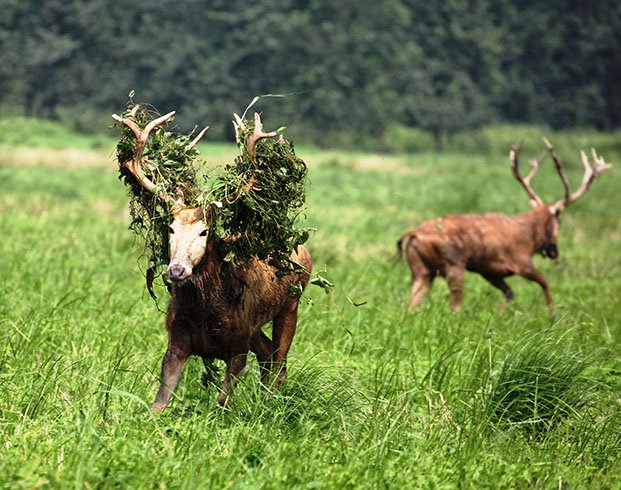
And the Elaphurus davidianus merit a good long look. The oddly elegant creatures are sometimes nicknamed 'sibuxiang' (四不像sì bú xiàng) in Chinese, literally 'four not alike,' because of their unusual appearance that supposedly combines features of the cow, horse, donkey, and deer. Milu are semi-aquatic, and if you visit during the mating season you may see the males dragging their large antlers through the marsh in order to adorn themselves with pondweed. (Still my beating heart.) They are also partial to "standing shoulder-high in water" which sounds pretty nice in hot weather. The deer at the reserve are quite accustomed to human activity and graze without concern, as do the other animals and birds in the reserve including some extremely noisy peacocks.
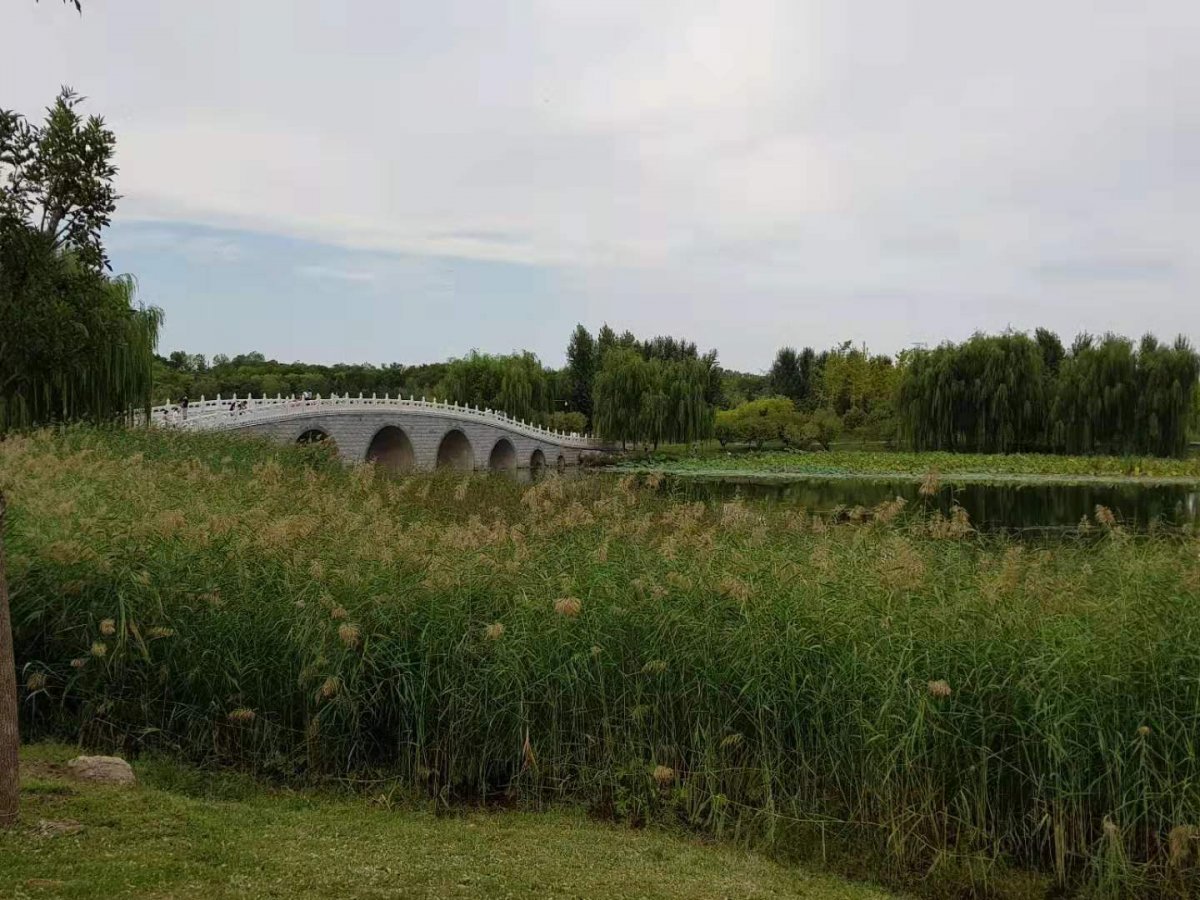
The Milu Park Museum itself, located in the northwest corner of the park is well stocked with informative displays, with a decent amount in English.
Aside from enjoying the deer, the park is also home to many different species of waterfowl, fish and crabs, red deer, platts mustang, and sika deer. The wider park also has two large connected lakes, which are great for puttering around on the pedalos and boats for hire. There are also plenty of spaces to spread out and picnic, as well as a kids playground near the south entrance of the park.
China isn't famous for protecting biodiversity, nor for putting animal welfare above tourist dollars, so it's heartening to see such a world-class nature reservation within the perimeter of our megapolis. That alone justifies a visit.
READ: Everything You Need to Know About Zhongshan Park
Images: Xinhua, Josèphe Huët (Nouvelles Archives du Muséum d'histoire Naturelle), Museum Milu Park, Anna Pellegrin Hartley

